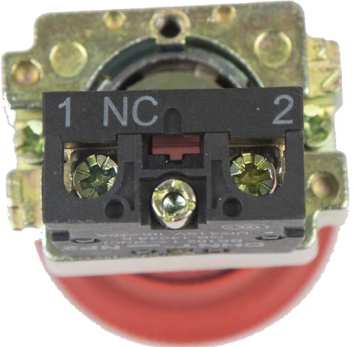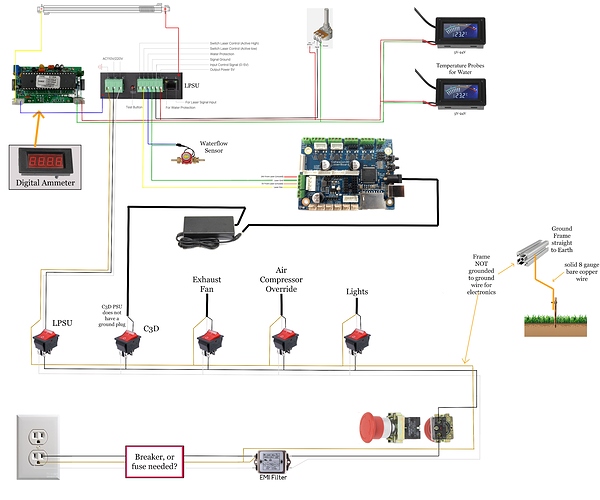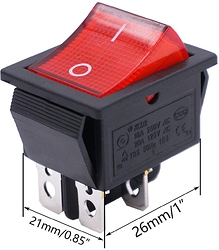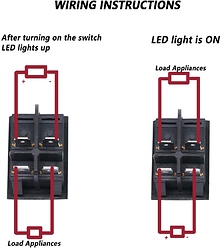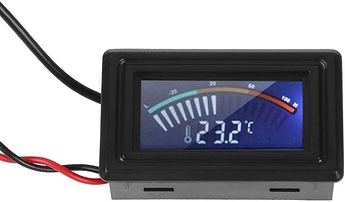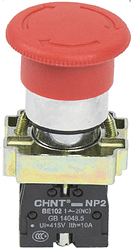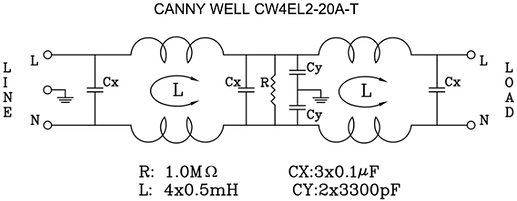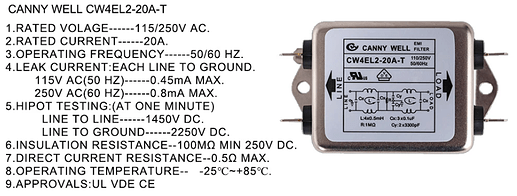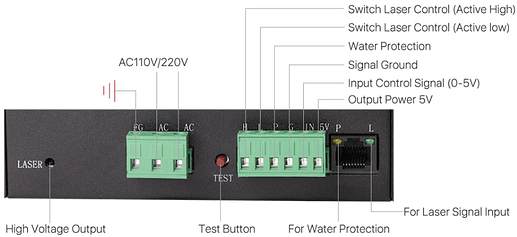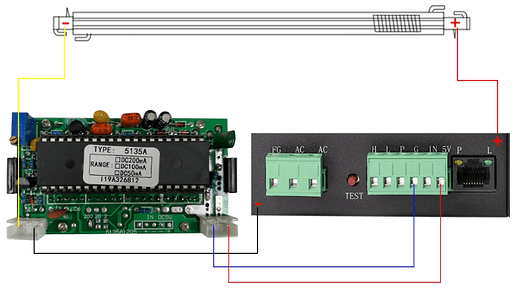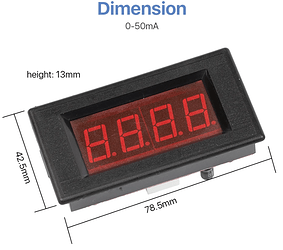The Estop as the main switch is ok and you do not need one for both DC and AC. I actually have a main switch and an estop as I do not care for the action of the estop for normal power on-off.
Note: that Estop does not really perform a true estop function but it is the way most people use them in hobby machines. If you are interested in the Estop standard google it…
An in-line fuse for the main AC power is ok. I use this https://amzn.to/39EaAFR
I recommend:
- A main switch that powers everything on, the Estop is in this circuit.
- Additional AC switches for:
*Accessories switch that powers lights etc
*Evacuation fan switch
*An air pump switch
But: Power your AC circuits in a manner that suits how you will use the machine.
Note: I did not notice a connection to the water pump, air pump, and evacuation fan. Your water pump should be always on when the main is on the others you need to switch because for some jobs they should be off.
The DC fuses are used to protect DC devices from overload and sometimes initial wiring issues, etc; A fuse is a pretty good investment to protect an expensive controller etc.
I use a DC fuse block and separate the circuits by their load, size the fuse for each accordingly. Car blade fuses work well.
This looks like a nice choice but I have not used this particular one: https://amzn.to/2SZTRar
As a min, I would fuse something like this.
- Fuse between the power brick and the controller
- Fuse between DC power and accessories; cabinet light, temp controller, etc…
For the brick wiring no modifications are necessary: wire a female 2.1mm jack to the input of the fuse and plug the brick into it: https://amzn.to/37yXEPT , the output goes to the load
I found that I needed a12vdc supply as many of the inexpensive accessories use 12V. Led strips, temp controllers, etc.
Note: Are the LED’s on your ac switches powered by AC or do they need a separate circuit to illuminate. I could not tell from the product drawing.
Note: ensure that your use of the 5V on the LPS for accessories is not exceeding its capacity. Most LPS cannot provide more than 1amp.
The water flow switch pressure spec came from the product page. I think that the unit is made for house plumbing and may not be sensitive enough. You can see some alternatives in my blog.
Aside from the electrical operation differences, I think the analog meter allows you to see changes easier. With a digital meter, you have to read-compute then remember each transition, some digital meters take some time to compute and display.
I do not know if there is any problem with the digital meters shunt causing a problem in series with the supply, [I do not see why it would]
Temperature controllers and interlocks are your most important elements of the safety system. The first protects your eyes the second the most expensive part of your machine, your laser tube. Yes, it is in the interlock circuit.
How does it make sense that you are interested in protecting the equipment (fuses) and not your eyes? Your eyes will be gone in milliseconds. Interlocks are easy to install and I suggest you do not wait. Users always tell me they will install temp interlocks later, then later they come back asking for advice on installing a new tube after it has been overheated.
While running a job or working around the machine, it is easy not to notice an enabled laser, and/or an over-temp coolant until it to late…
Your safety circuit has these things in series with WP:
- INTERLOCKS
- Water sensor
- Laser Enable Switch
The laser enable switch is a safety feature that ensures you know, and have purposely enabled the laser. When enabled (Laser Enable Switch) the laser is HOT and two things can fire the laser, the Laser Test button and the controllers PWM signal.
You do not want the laser to inadvertently fire when you are working in and around the machine, thinking it is safe. For example; if unknowingly left enabled (by simply having the LPS on and hot) when you are working on the machine the controller could send a PWM signal and WAM your blind.
You could power the AC to the LPS up/down but it’s not best practice to cycle power supplies if not necessary. In normal schemas, the LPS is powered on but the output is disabled.
The test button on the power supply bypasses the WP circuit so it SHOULD NOT be used as a normal test fire function, its also inconvenient to get to.
The Laser Test button is used when you are aligning the optics to fire the laser and needs to be easy to get to…
There are two sources of danger to humans from a HOT laser system; the light output and the HV.
So on the panel, you have a Laser Enable [makes the laser hot] and a Laser Test that allows the manual firing.
In normal operation, you “enable the laser” and run the job.
During testing you “enable the laser” and manually fire using the “Laser Test”
I have a LED on my machine that tells me the laser is hot.
Earth grounding: how does a rod in the ground provide a lower impedance through dirt and rock back to the source than a copper wire connected from your plug to the power box… not likely.
If it makes you feel safe “drive a rod”. The important thing is that the safety ground has a low impedance to the main power box, your hot and neutral are correctly wired and all your operator access surfaces on the machine are electrically at ground. Use a ring tounge, bolt, star washer, and nut to ground tightly to the frame. The main goal is to ensure that any rouge currents flow to ground and blow the breaker and that a human is not in that circuit.
Sorry if I confused this one: The cathode of the tube is wired to the current meter who’s other side should be wired to the ground on the LPS. Ground that point and the laser power supply to the frame, keep wires including grounds as short as possible.
Keeping things away from the LPS is to reduce radiated noise, 1 ft should be fine. You reduce conducted noise by using proper grounding design.
Yes, that link is to my blogs…
If I missed answering a question let me know…
These machines are DANGEROUS. The LPS has a LETHAL output and the laser will blind you.
I advise you not to take short cuts thinking your will "upgrade later.
As an Amazon Associate I earn from qualifying purchases

